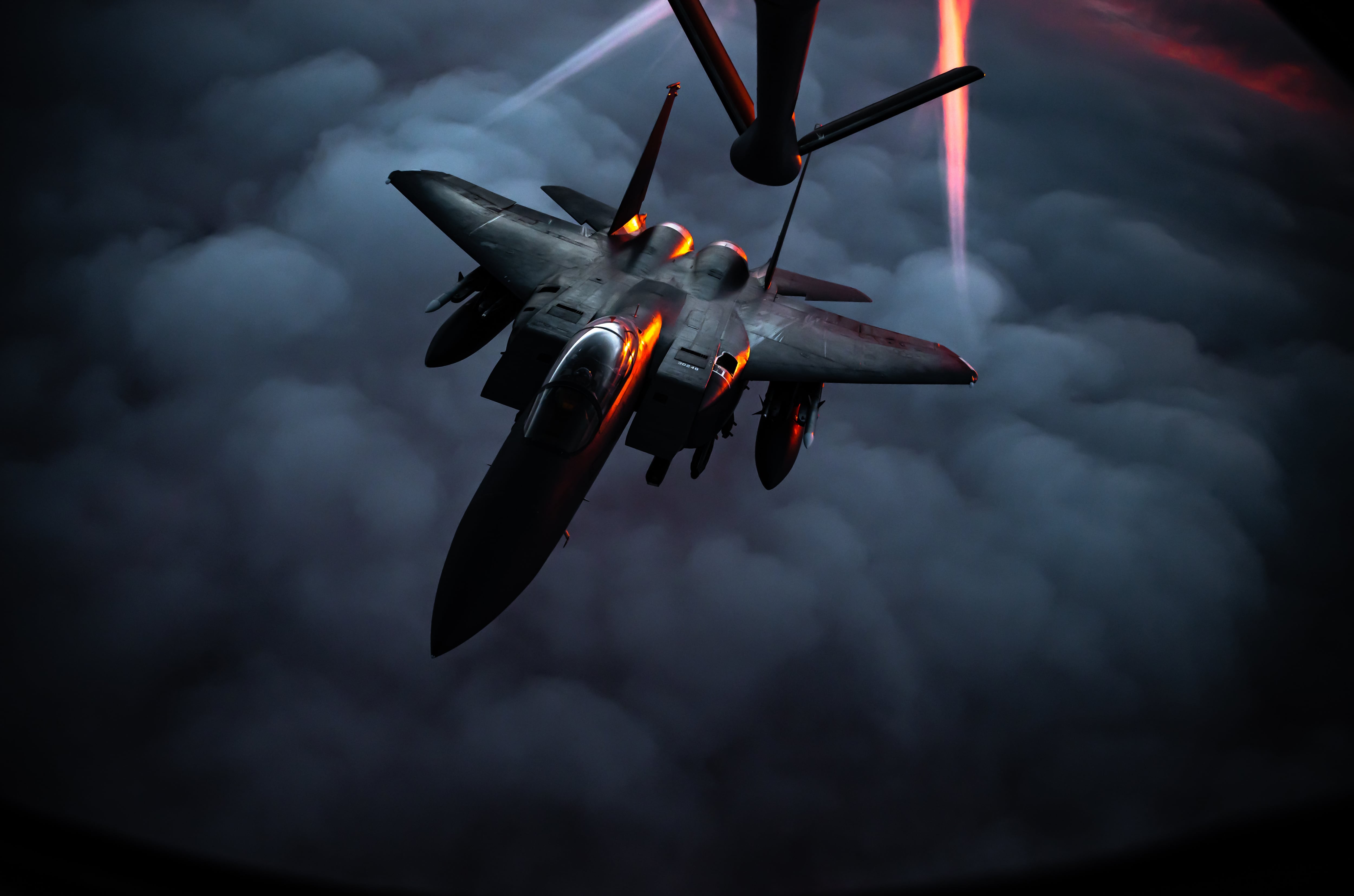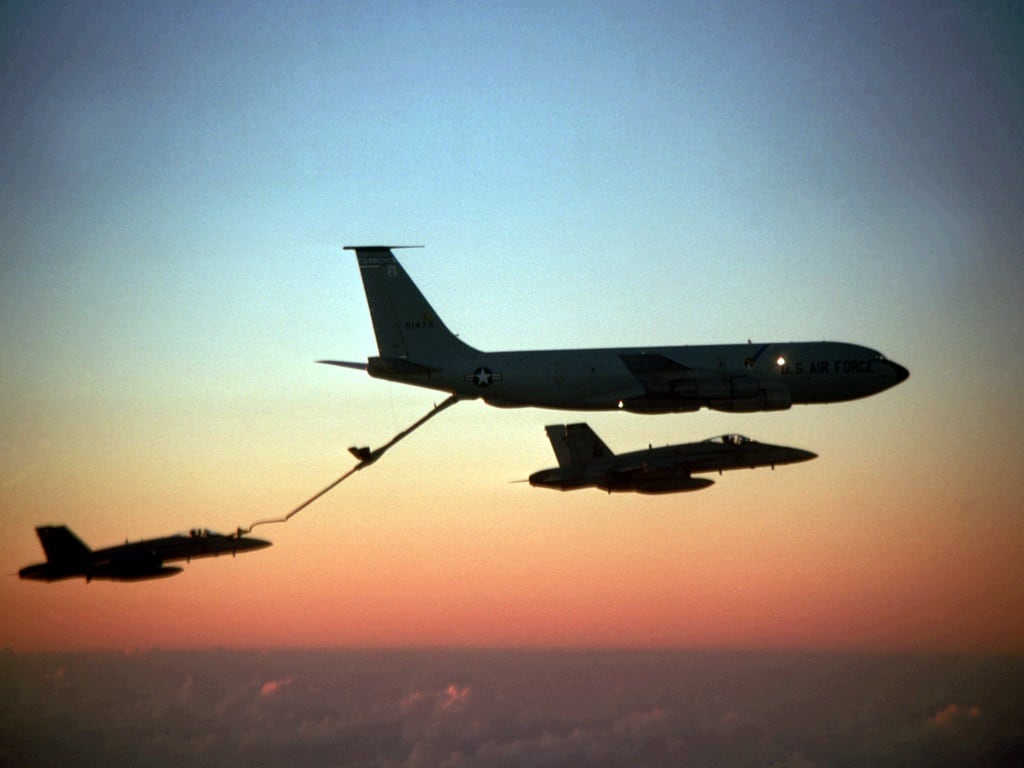A new federal watchdog report has flagged a troubling trend among U.S. military aircraft: More than two dozen fleets haven’t met their annual combat-readiness goals in at least a decade.
The Government Accountability Office studied 49 types of airframes across the Army, Air Force, Navy and Marine Corps for its Nov. 10 report. Those platforms make up the bulk of American military airpower.
Service officials set yearly benchmarks for a metric called the “mission-capable rate,” or how often a type of aircraft can fly and perform at least one of its combat missions, like close air support or target tracking. Those targets can vary by airframe and by year.
RELATED

GAO found that 26, or about half, of the aircraft studied never reached their annual readiness goal between fiscal 2011 and 2021, despite the Pentagon spending tens of billions of dollars on aircraft maintenance each year.
That includes all three Army and nine Marine Corps aircraft in the report, six of 22 Air Force platforms, and eight of 15 Navy airframes. They span 10 types of rotorcraft, eight kinds of fighter jets, three tanker aircraft, three cargo planes and two command-and-control platforms.
Just five airframes met their mission-capable goals in at least half of the years studied, and only one — the Air Force’s Vietnam War-era UH-1N Huey helicopter — hit the mark every year.
In 2021 alone, just two of the 49 fleets reached their goals. Seventeen fleets fell short by up to 10 percentage points, while 30 missed the mark by more than 10 points, GAO said.
“The average mission-capable rate for the selected aircraft has fallen for the Air Force, Navy and Marine Corps, to varying degrees,” the watchdog said. “The average mission-capable rate for the selected Army aircraft has risen.”
For example, Air Force Times reported in February that, on average, seven out of every 10 planes were available as needed for combat missions, training or other routine operations last year. That number has barely budged in recent years despite concerted efforts to ready aircraft for war.
Lackluster mission-capable rates don’t necessarily mean an airframe can’t deploy.
But they can be a sign that part of a fleet is suffering while resources are focused on keeping the rest aloft, that the fleet is too busy for dedicated maintenance, or that they need to return for tune-ups after minimal flying.
Conversely, high rates can be a sign that airframes aren’t working hard enough. Air Force officials have noted that a jet’s mission-capable rate is highest when it’s freshly repaired and on the ground — not gathering wear and tear in flight.
Some leaders have begun shying away from those rates as a meaningful sign of combat readiness, saying that statistics like sorties logged and maintenance turnaround times offer more insight.
The Pentagon spent about $54 billion to operate and support the airframes reviewed in the study in 2020, nearly $3 billion less than in 2011, GAO said. However, maintenance grew more expensive by $1.2 billion in the same timeframe.
Changes in the size of aircraft inventories, as well as how often pilots are flying, were the biggest drivers of those shifts, according to the report.
Military officials are also trying to focus more on the supply chain and workforce issues that cause mission-capability shortcomings.
Staffing shortages, manufacturing delays for critical components, unscheduled maintenance and the dwindling number of companies that can support decades-old aircraft are among the most pressing problems.
The military also lags behind the commercial aviation sector in predicting when and how aircraft parts will fail, a crucial way to reduce maintenance delays or avoid them altogether.
The services are reviewing the health of each airframe’s sustainment enterprise as required by law, though not as quickly as GAO might like. The Air Force and Navy plan to finish those studies by 2026.
RELATED

Defense officials argue that speeding up the reviews may overly strain staffers and wouldn’t necessarily fix problems faster.
“While the GAO recommends accelerating the pace of [reviews], this desire clashes with the considerable time, information and data validation requirements to properly conduct a sustainment review,” Vic Ramdass, deputy assistant defense secretary for materiel readiness, replied to the watchdog.
The 26 fleets that did not meet annual mission-capability rate goals at all from fiscal 2011 to 2021 include:
Army
- AH-64D/E
- CH-47F
- UH/HH-60
Air Force
- A-10
- C-17
- CV-22
- F-15C/D
- F-16
- F-22
Navy
- KC-130T
- C-2A
- C-130T
- E-2C
- E-2D
- F/A-18E/F
- MH-53E
- MH-60S
Marine Corps
- KC-130J
- KC-130T
- AV-8B
- F/A-18A-D
- F-35B
- AH-1Z
- CH-53E
- MV-22B
- UH-1Y
Rachel Cohen is the editor of Air Force Times. She joined the publication as its senior reporter in March 2021. Her work has appeared in the Washington Post, the Frederick News-Post (Md.), Air and Space Forces Magazine, Inside Defense, Inside Health Policy and elsewhere.




